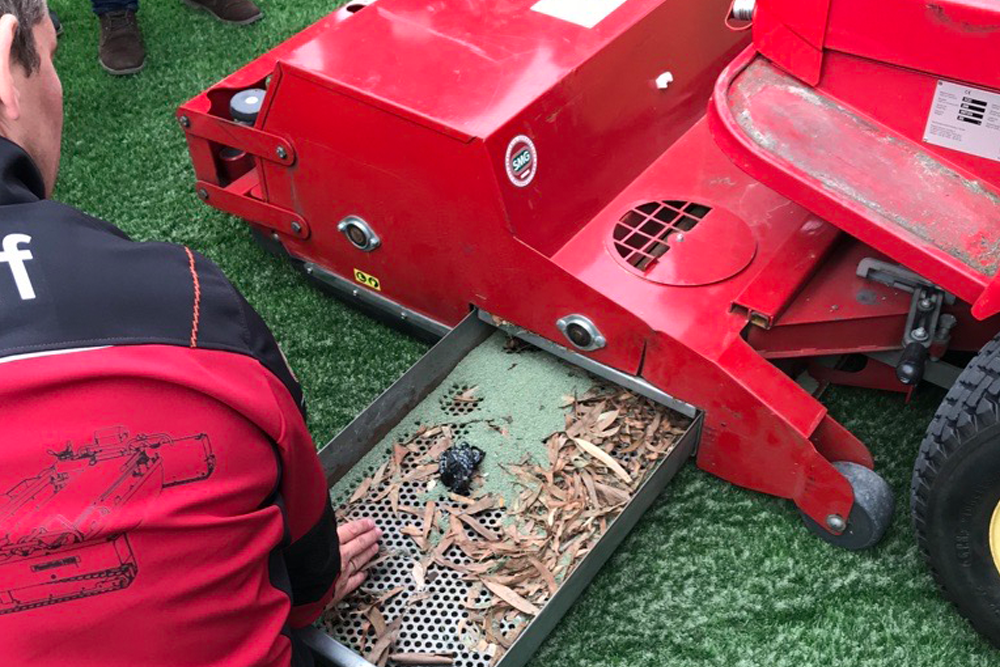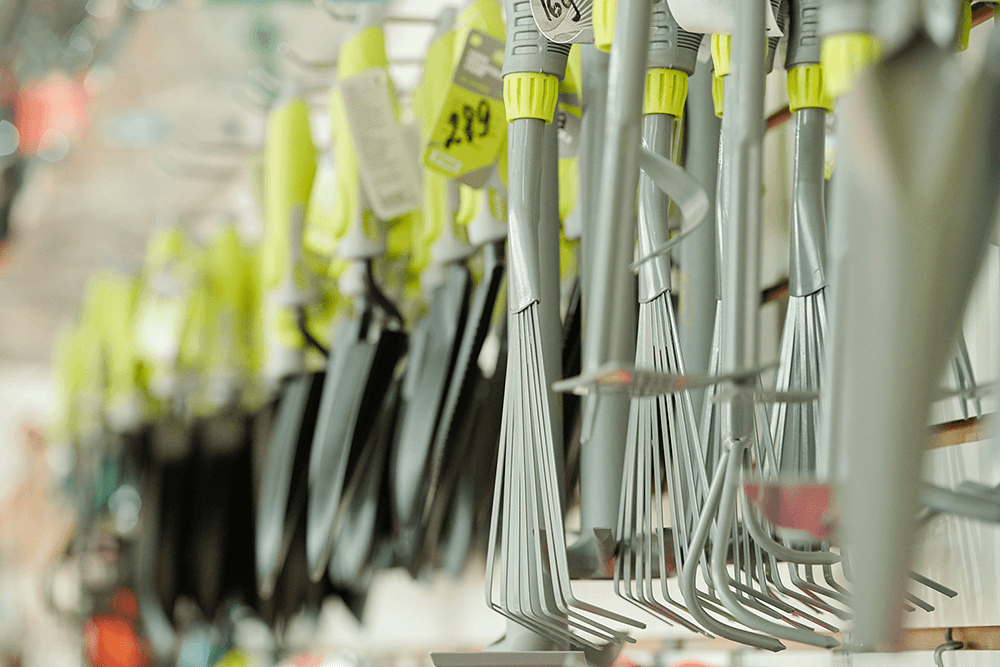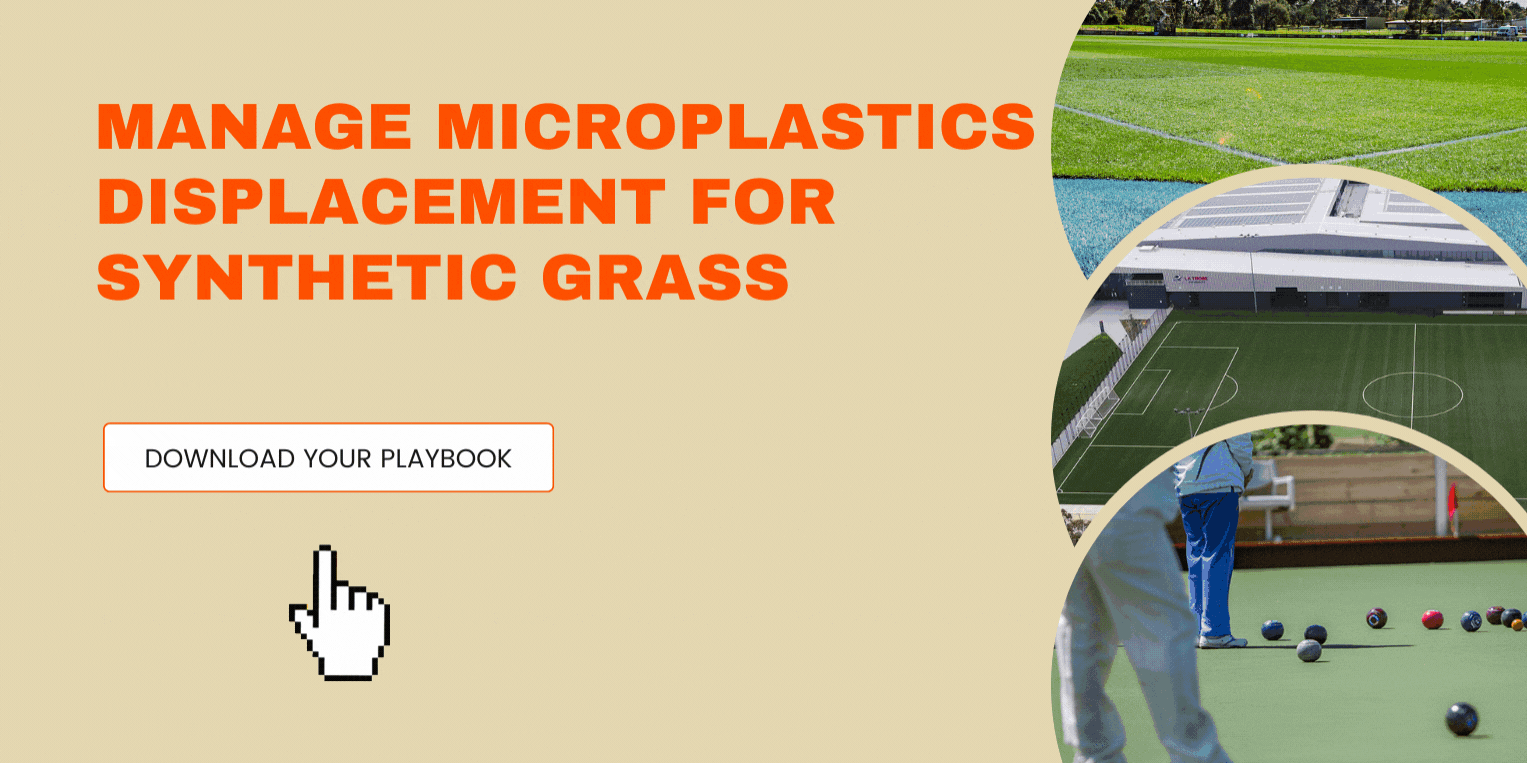As we move into the winter months, it's essential to look after your Fields of Play, as it'll help you maintain your sports field's overall quality and efficiency during this period. Doing so will preserve your surface while still being used by the community and will ensure that the surface will go through winter to be as good as new for the new summer season.
Whether your surface is natural turf or synthetic turf, all surfaces need an appropriate level of maintenance during winter. You can have a look at our recommendations for natural turf winter maintenance here.
There are typically two types of synthetic grass categories that most products fall into:
- Long pile with performance infill
-
- Football (soccer), AFL, rugby
- Short pile which are sand dressed
- Tennis, hockey, multiuse
This blog post will outline four main ways of maintaining your synthetic turf sport field during winter, and how they fit in the overall maintenance plan.
What are the different types of synthetic turf maintenance recommended during winter?
There are typically four types of winter maintenance practices recommended for synthetic turf.
1. Brushing/removal of debris from the surface
In the winter months there will likely be an increase of leaves and debris on the surface which is required to be removed. Depending on the site and the surrounding vegetation this may be up to once a week with a purpose-built mechanical brush.
 The maintenance equipment being cleaned out of the debris it collected.
The maintenance equipment being cleaned out of the debris it collected.
This video is a demonstration of the SMG SportChamp grooming synthetic grass oval in Melbourne. All foreign debris (ie leaves, etc) is collected in the catcher and can be disposed of after.
Manual maintenance will also be required with the use of leave blowers and rakes, in between visits of mechanical brushes. Careful use of leave blowers is required to remove organic material on top of the synthetic grass, without displacing the infill material and spreading outside the field.

Rakes used for manual maintenance of synthetic turf Fields of Play
The aim is to remove organic material, which is laying on the surface, before it breaks down and infiltrates the infill material. The long-term effect of organic material migrating into the infill will slow the drainage rates and increase the growth of weeds and moss. If weeds are present, either pull them out by hand or use a non-toxic herbicide (confirm with the synthetic grass supplier what products are suitable for use).
2. De-compaction to maintain performance of the system
The infill material for long pile synthetic grass products comprises a base layer of sand and a top layer performance layer of rubber or organic granules. During the winter months, while the fields are heavily used, the infill will become compacted. To maintain the capacity of the field to drain vertically through the grass / infill into subsurface drainage systems, the infill layer needs to be de-compacted by the use of tines. Specialist synthetic grass maintenance equipment are designed to gently loosening the infill, resulting in better drainage and playability.
3. Inspections, the best way to avert minor damages from becoming big problems
It’s essential that when maintenance is being undertaken, regular visual inspections of the lines and seams is completed. Any small damage, when picked up early, can be easily repaired with minimal cost and lost time.
Infill height is also critical to prolonging the life of the system and maintaining a high level of playability. High wears areas such are penalty spots, goals and corner spots should be inspected daily where fields are used in excess of 50+ hours. The infill needs to be topped up to 30% of grass height, which will protect the wear of the grass and provide the correct ball roll speed.
4. Drainage systems, critically dependent on stormwater pits maintenance
Often forgotten but critical to removing surface water through the grass and outside the field is the condition of the subsurface drainage system. Usually, stormwater pits are located around the field's perimeter are rarely maintained until they become blocked. As a result, the fields internal drainage system cannot discharge stormwater in heavy rain events, causing flooding of the field and migration of the infill to the low side of the field. It can be a costly exercise in re-grooming the field and topping the field if the infill material has migrated outside the field.
Note: Fields drainage systems are designed to meet heavy storm events, but can’t perform if external stormwater system are poorly maintained.
There are also more general practices helping you maintain the overall performance of your Field of Play that you can add to the solutions describe above. Doing so will ensure the best possible care for your sports field.
We've also put together a Playbooks aiming to help you understand and minimise microplastics displacement for all synthetic turf designs. Click on the banner below to download!
If you have any further questions on this topic, don't hesitate to contact us!


